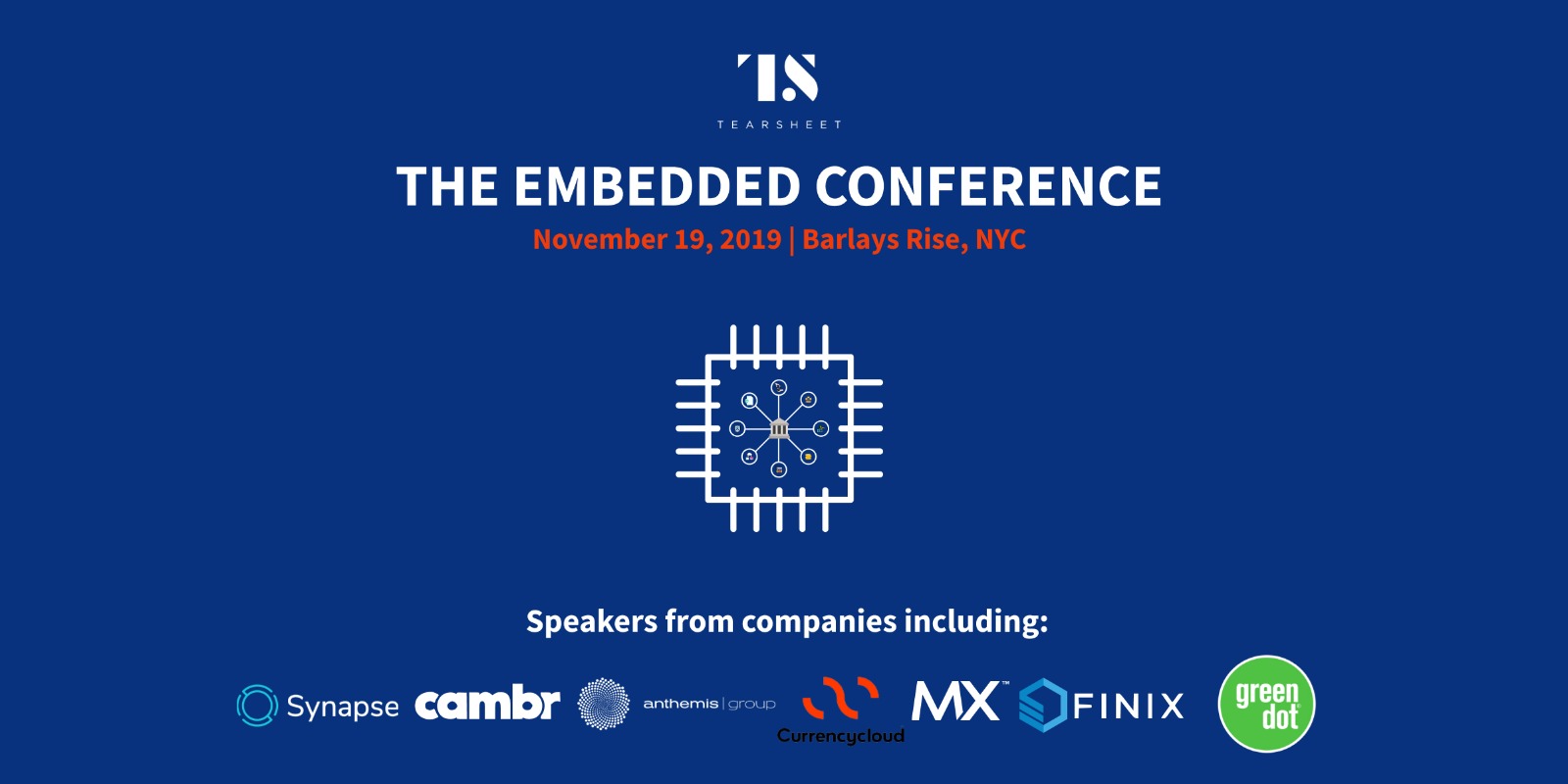Banking as a service
Tearsheet’s Embedded Conference Preview: Richie Serna, Finix
- Finix lets software companies own, manage, and monetize their payments.
- CEO Richie Sarna is speaking at Tearsheet's Embedded Conference.








